Menlo Micro announced on Tuesday plans to produce electronic switches in Tompkins County, a commitment worth tens of millions of dollars and promising dozens of new jobs in the area. Krystyn Van Vliet, vice president for research and innovation at…
Tag: Cornell University
Major Breakthrough As Scientists Sequence The Genomes Of Endangered Sharks
Scientists have sequenced the genomes of Critically Endangered great hammerhead and Endangered shortfin mako sharks for the first time.
Watching Water Droplets Merge on the International Space Station
In Physics of Fluids, researchers design and analyze droplet experiments that were done on the International Space Station. The researchers sent four different surfaces with various roughness properties to the station, where they were mounted to a lab table. Cameras recorded the droplets as they spread and merged. The experimental results confirmed and expanded the parameter space of the Davis-Hocking model, a simple way to simulate droplets.
JCP Announces 2021 Best Paper by Emerging Investigator Awards
The Journal of Chemical Physics, in its commitment to recognizing the excellent work of early-career investigators, is proud to announce the 2021 winners of the JCP Best Paper by an Emerging Investigator Awards. The awardees, Andrew Musser and Yoav Green, were selected for their research on molecular polaritons and electroneutrality breakdown in nanopores, respectively. The award includes a $2,000 honorarium and an invitation to write a perspective article for JCP.
Erin King Sweeney joins bipartisan Institute of Politics and Global Affairs
Former Republican Hempstead Town Councilwoman Erin King Sweeney has joined the Institute of Politics and Global Affairs at Cornell University as senior associate director.
Mary Nichols ’66 brings a fresh air to Cornell Atkinson
Mary Nichols was named a Visiting Senior Fellow for a one-year term at the Cornell Atkinson Center for Sustainability.
Nichols served as chair of the California Air Resources Board (CARB) – the state’s powerful air-pollution and climate regulatory agency – from 1975-1982 and 2007-2020. She was the assistant administrator for air and radiation at the U.S. Environmental Protection Agency (EPA) in President Bill Clinton’s administration, and helped to get automakers to cooperate in achieving cleaner air during President Barack Obama’s administration.
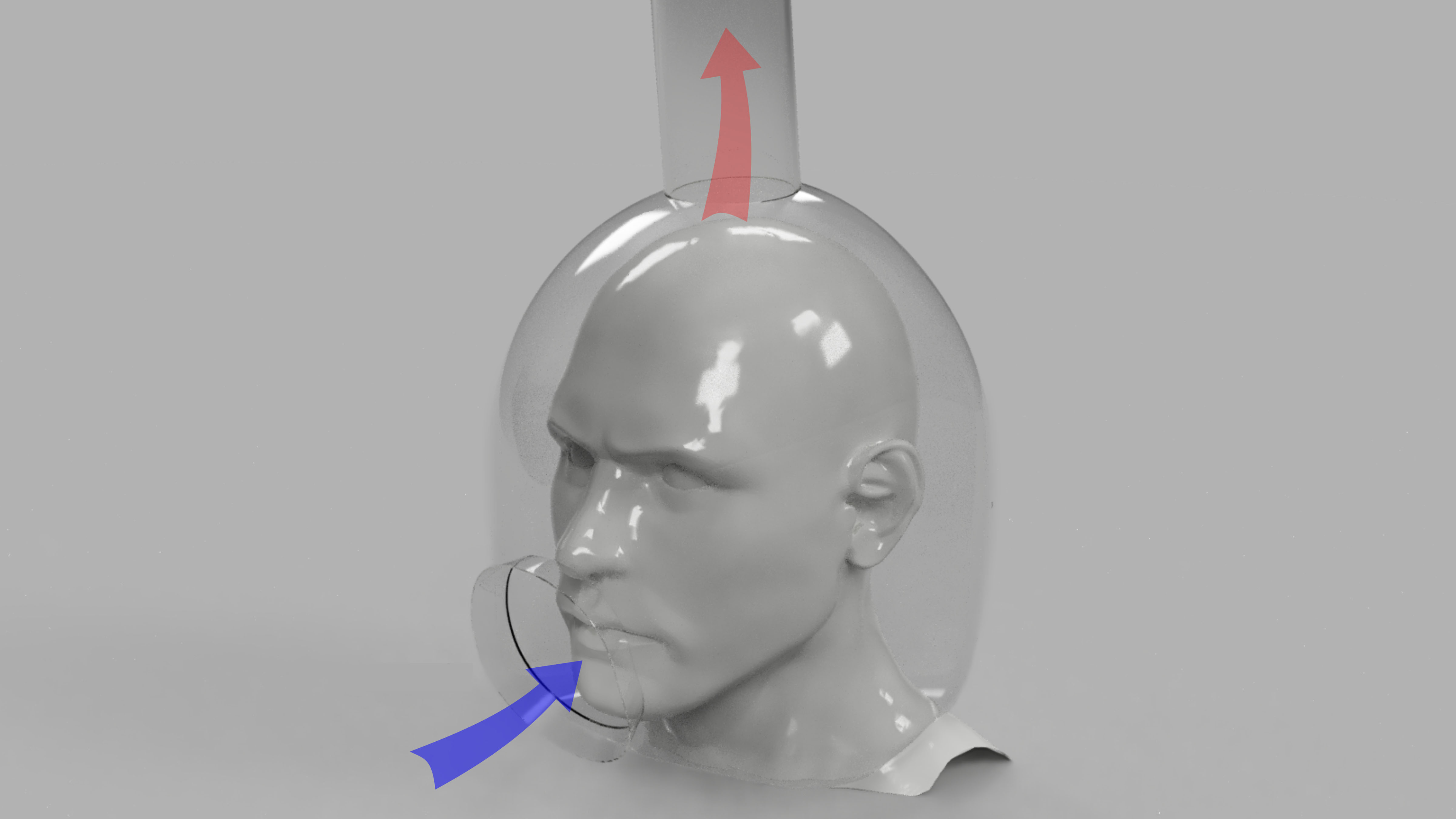
Disposable Helmet Retains Cough Droplets, Minimizes Transmission to Dentists, Otolaryngologists
Dentists and otolaryngologists are at particular risk of infection of COVID-19, since they need direct access to the mouth, nose, and throat of patients. The current solutions are expensive, not highly effective, and not very accessible. In Physics of Fluids, researchers discuss their design of an open-faced helmet for patient use that is connected to a medical-grade air filtration pump from the top that creates a reverse flow of air to prevent cough droplets from exiting the helmet.
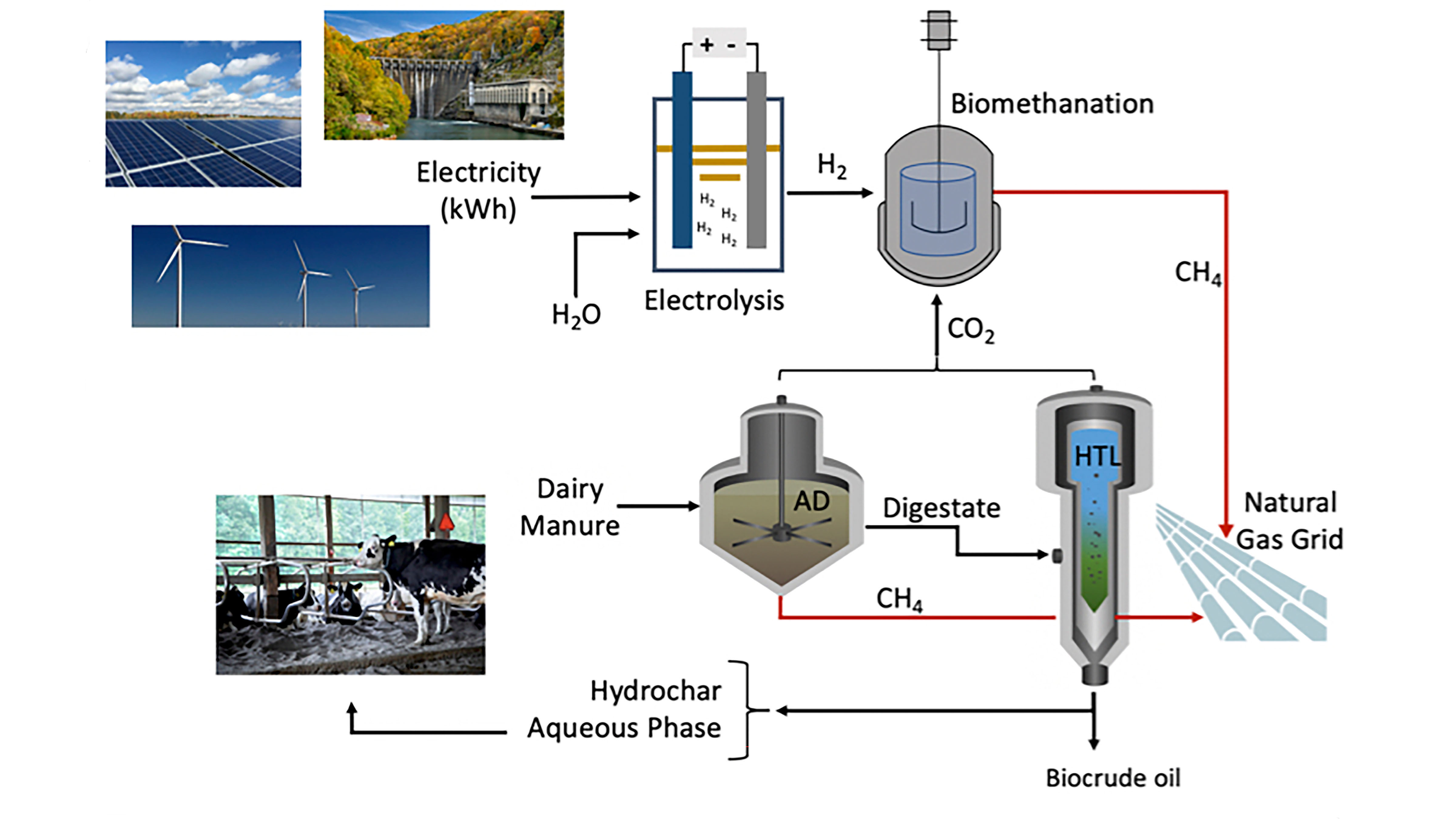
Cornell University to Extract Energy from Manure to Meet Peak Heating Demands
Cornell University is developing a system to extract energy from cattle manure to meet the campus’s peak demands for heat in the winter months. In the Journal of Renewable and Sustainable Energy, scientists involved with the project give a detailed analysis of the issues required to make this work, including scientific, economic, and energy policy considerations.
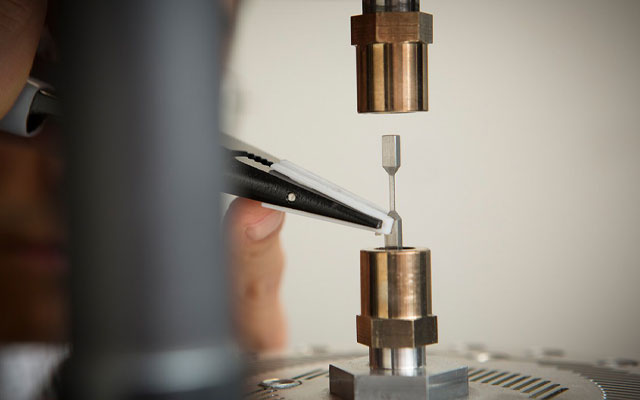
National Science Foundation Funds Development of a Science Gateway for New Materials Discovery
The National Science Foundation has awarded a $1 million Research Advanced by
Interdisciplinary Science and Engineering (RAISE) grant to a multidisciplinary team of researchers at the San Diego Supercomputer Center (SDSC) at the University of California San Diego, the University of Minnesota, Carnegie Mellon University, and Cornell University to create the X-ray Imaging of Microstructures Gateway (XIMG), a science gateway designed to make it possible for global material sciences researchers to study the behavior of new and existing materials using X-ray diffraction.
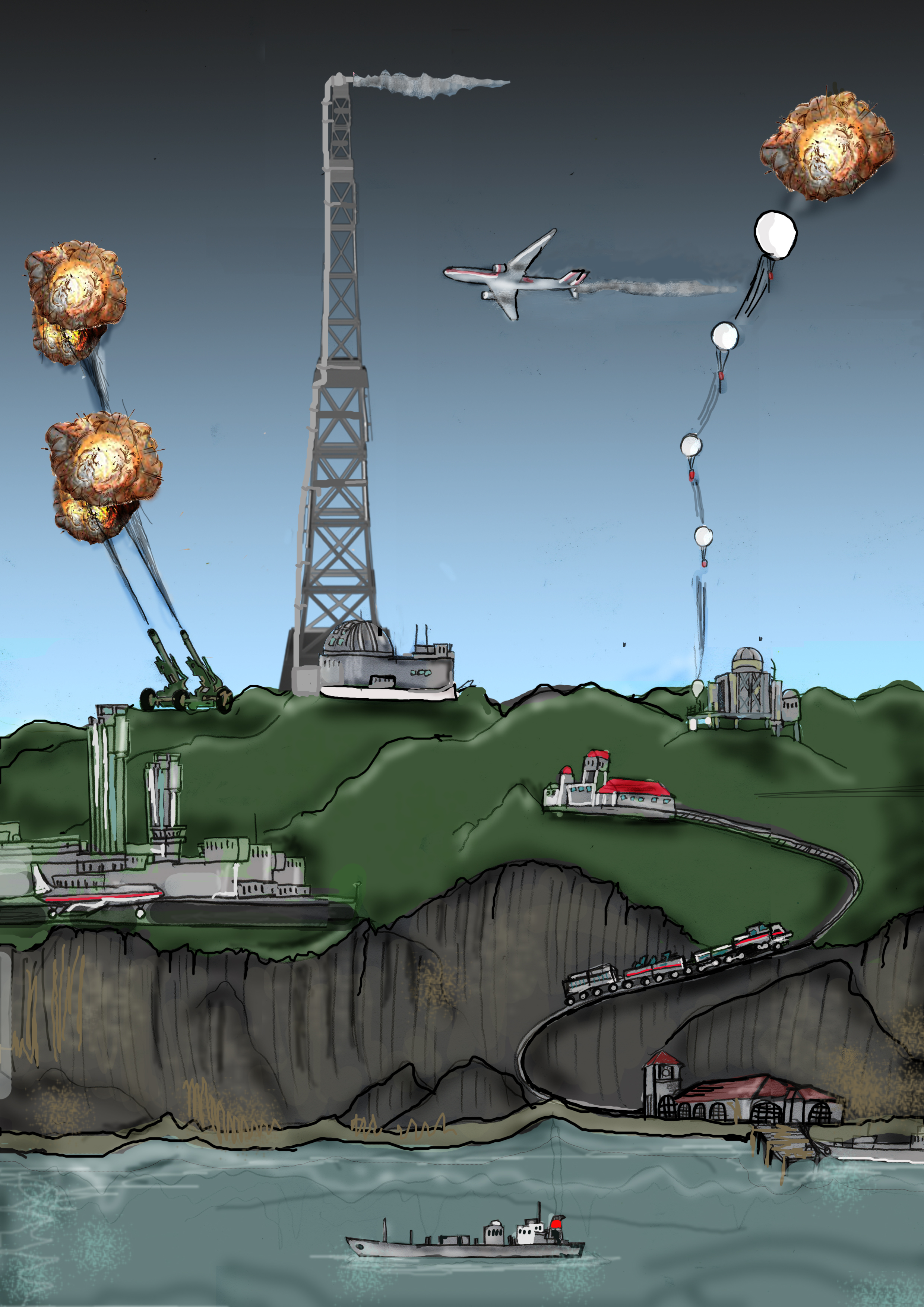
Geoengineering is Just a Partial Solution to Fight Climate Change
Could we create massive sulfuric acid clouds that limit global warming and help meet the 2015 Paris international climate goals, while reducing unintended impacts? Yes, in theory, according to a Rutgers co-authored study in the journal Earth System Dynamics. Spraying sulfur dioxide into the upper atmosphere at different locations, to form sulfuric acid clouds that block some solar radiation, could be adjusted every year to keep global warming at levels set in the Paris goals. Such technology is known as geoengineering or climate intervention.
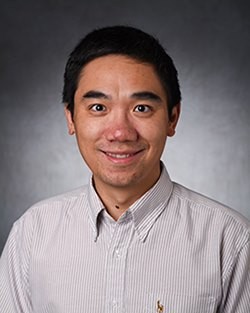
Penn State engineer receives DARPA grant to strengthen cybersecurity
A parser, the element in a computer system that converts data inputs into an understandable format, is the first line of defense for cybersecurity. A multi-institute group of researchers that includes Gang Tan, assistant professor of computer science and engineering in the School of Electrical Engineering and Computer Science at Penn State, has received an $8 million grant that allots $1 million for Penn State’s part of the research to increase computer security by developing more secure parsers.
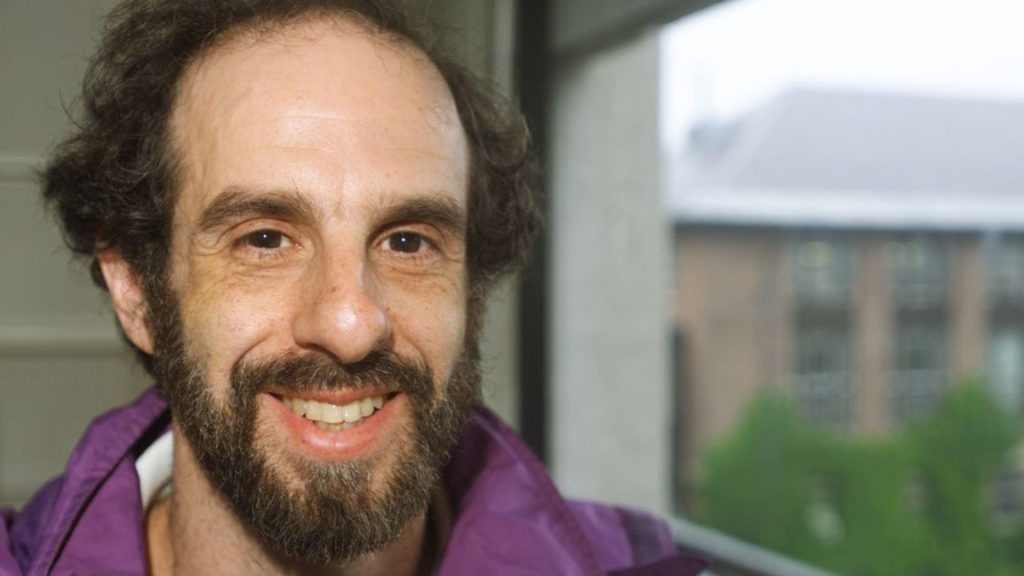
Paul Ginsparg Named Winner of the 2020 AIP Karl Compton Medal
The American Institute of Physics is pleased to announce Paul Ginsparg, a professor at Cornell University and founder of arXiv, as the winner of AIP’s 2020 Karl Taylor Compton Medal for Leadership in Physics. Named after prominent physicist Karl Taylor Compton, the medal is presented by AIP every four years to highly distinguished physicists like Ginsparg who have made outstanding contributions through exceptional statesmanship in physics.
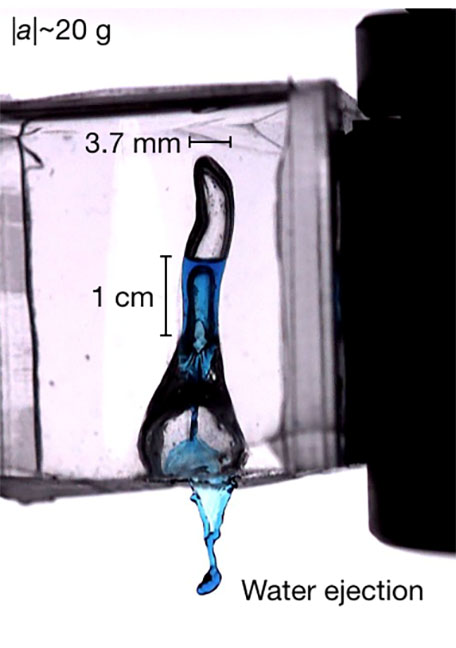
Shaking Head to Get Rid of Water in Ears Could Cause Brain Damage
Trapped water in the ear canal can cause infection and even damage, but it turns out that one of the most common methods people use to get rid of water in their ears can also cause complications. Researchers show shaking the head to free trapped water can cause brain damage in small children.